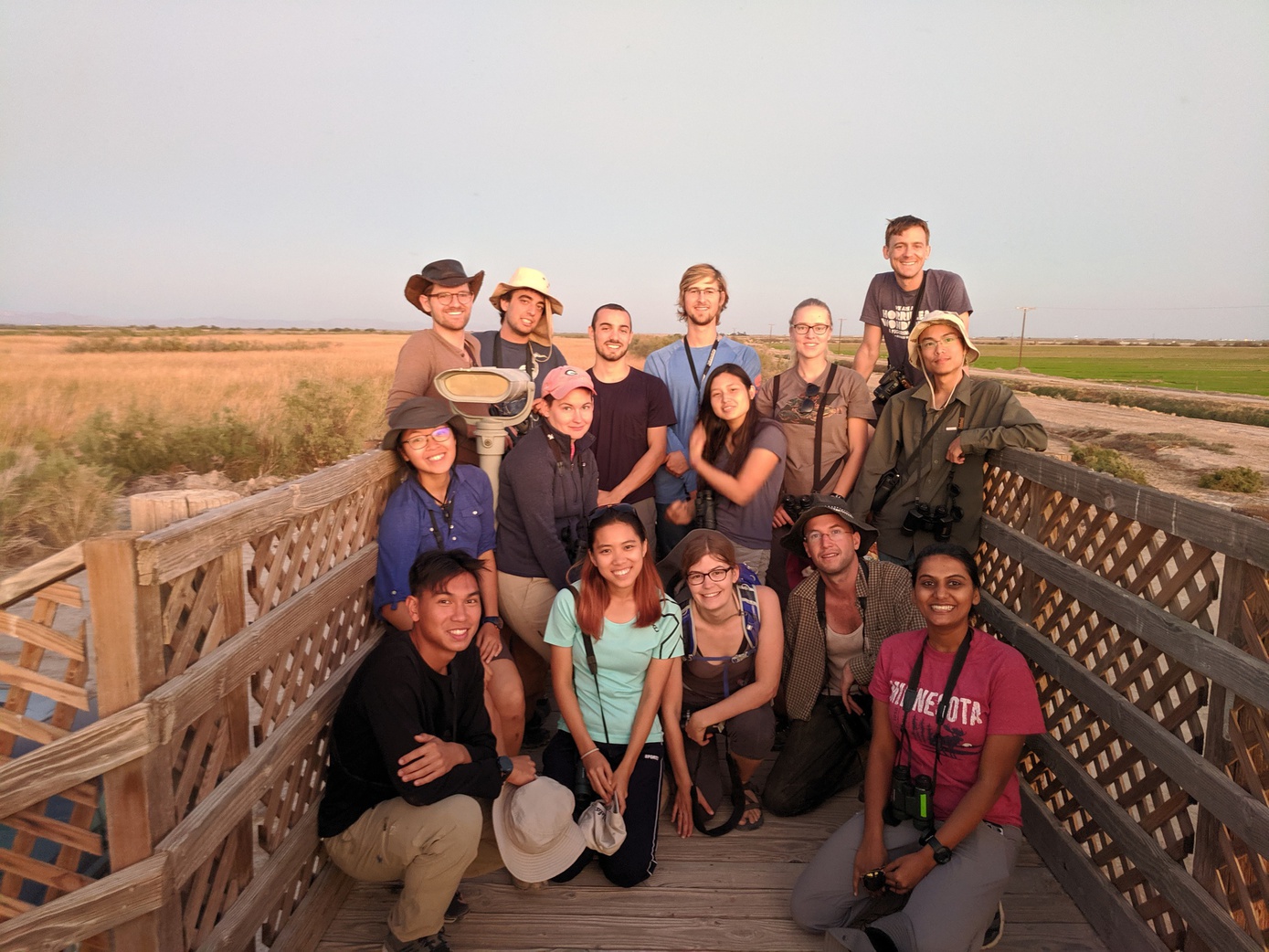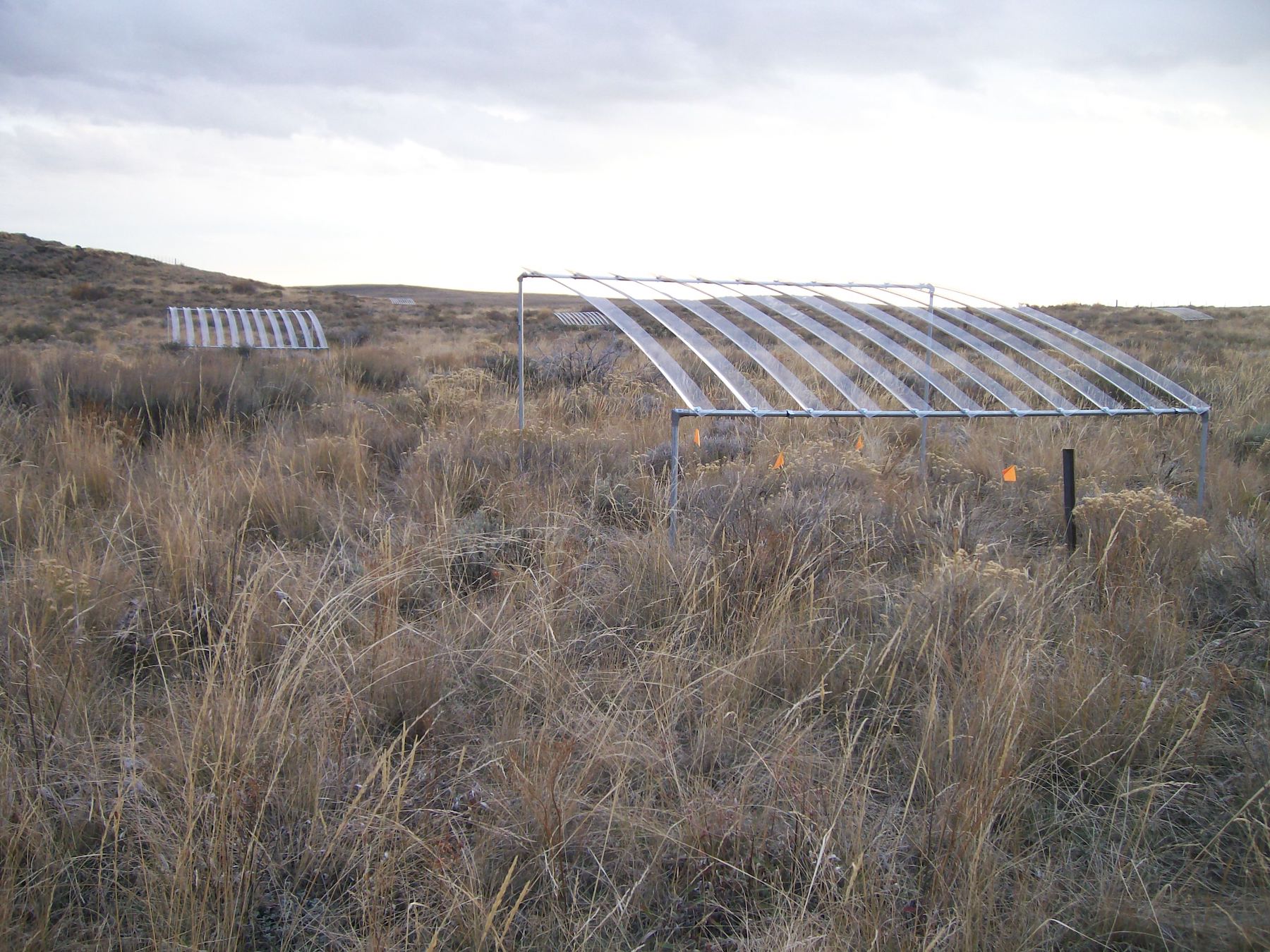Promoting Community Science

Community science projects are a powerful way for local stakeholders and students of all ages to get involved directly in monitoring the environment and biodiversity around them. I believe, well designed community science projects have the potential to revolutionize ecology and environmental science by connected users around the world and bridging the gap between the interested public and research scientists. In recent years, I have been a dedicated contributor and promoter of iNaturalist and eBird.
Contributions to iNaturalist
I got hooked on iNaturalist during a 2017 Bioblitz of the Amargosa River organized by the Nature Conservancy. Since then I have been an enthusiastic contributor and promoter of iNaturalist. Here I summarise my contributions to and work to promote iNaturalist in the UCLA community:
- I have contributed nearly 4000 observations, mostly from the Los Angeles area (link to iNat profile).
- I created the UCLA Biodiversity Project to collect observations of nature from the UCLA campus. So far we have documented 498 species on campus!
- February 2019, I led two workshops at the UCLA Mildred Mathias Botanical Garden to help students and community members get started with iNaturalist.
- November 2019, I gave a presentation about how iNaturalist could transform research in ecology and evolution to UCLA graduate students.
- August 2018, I met up with other iNaturalist users at the annual Ecological Society of America meeting in New Orleans: iNat mixer 2018.
- I am working on expanding and updating the rinat package for R which makes accessing iNaturalist data easier for researchers.
- I have contributed to the annual City Nature Challenge in Los Angeles and Southern Oregon.
- I Regularly participate in the online iNaturalist discussion forum.
UCLA Bruin Naturalist Club
I am a trip leader and adviser for the Bruin Naturalist Club which provides undergraduates of all majors at UCLA opportunities to explore nature in Southern California. In each of these trips we introduce students to iNaturalist and show them how to document the plants and animals they find. Recently I’ve helped with inlcude:
- 11/15/19 Corn Springs and the Salton Sea.
- 05/25/19 UCLA Stunt Ranch Bioblitz.
- 02/24/19 UCSB Sedgwick Reserve
- 01/20/19 BNC Trip to tide pools of Palos Verdes with Regina Wetzer, Kathy Omura and Dean Pentcheff of the LA County Natural History Museum.
UCLA Audubon Club and eBird

I have been an avid birder since participating in the Point Reyes Christmas Bird Count in 2005. Since then I have contributed hundreds of checklists to eBird (link to profile). At UCLA, I have worked to document the birds on campus (96 species so far). In 2017, I helped M.S. student Samuel Bressler start the UCLA Birding club and Audubon Chapter (featured in the Daily Bruin). I lead weekly birdwatching trips on campus and regular weekend trips with the birding club to hotspots around Southern California.






